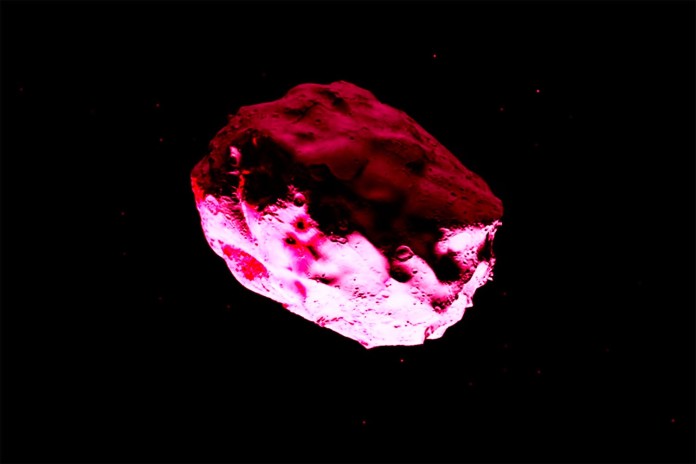
When NASA eventually saves Earth from an approaching asteroid, look not to Bruce Willis, Ben Affleck, Billy Bob Thornton or Steve Buscemi. Look to NASA. The agency’s OSIRIS-REx spacecraft is under construction and aims to land on the rock to give us new insight into the solar system and hopefully help us prevent armageddon.
ASTEROID WILL TEACH EARTH ABOUT ITSELF
This will not be an ordinary asteroid. This carbon-rich rock could help provide clues regarding the beginning of life on our very own Earth. Unlike humans, asteroids have not really changed at all since forming 4.5 billion years prior. Due to this, NASA hopes to find organic molecules on the asteroid that can help us understand the origin of life on Earth. Think of this space rock as an astral time capsule in which all the organic particles and chemistry are completely unaltered.
NASA SAYS WE’RE SAFE FOR NOW
With OSIRIS-REx coming in at a mere 3 meters across and the asteroid at 500 meters, it’s unlikely this will have any chance at stopping the incoming object. However, NASA doesn’t plan to. At least, not at this point. The asteroid known as Bennu orbits the sun and comes very close to Earth every six years. While this time around, Earth will be safe, NASA believes in the late 22nd century, there is a high probability of impact. However, by landing on it, and testing its composition,it could help plan future missions in order to deter this impact.
ARMAGEDDON
If Bennu did hit our planet one day, it would be the equivalent of hundreds of nuclear weapons going off in one place at one time. In layman’s terms, that wouldn’t end well for civilization. Fear not, though, project engineers of the highest order are planning on using samples from Bennu to hopefully prevent its destruction. Starting in 21-9 OSIRIS-REx will arrive onBennu and fly around it for a year. Photos will be taken and compositions will by studies. Results should come back but 2023 which would then give scientists the fascinating results they hope to get.

















